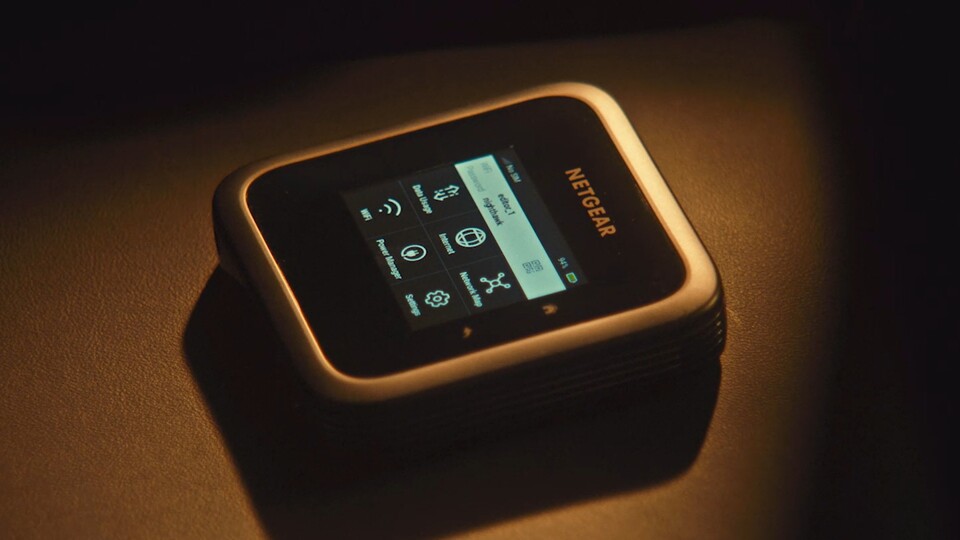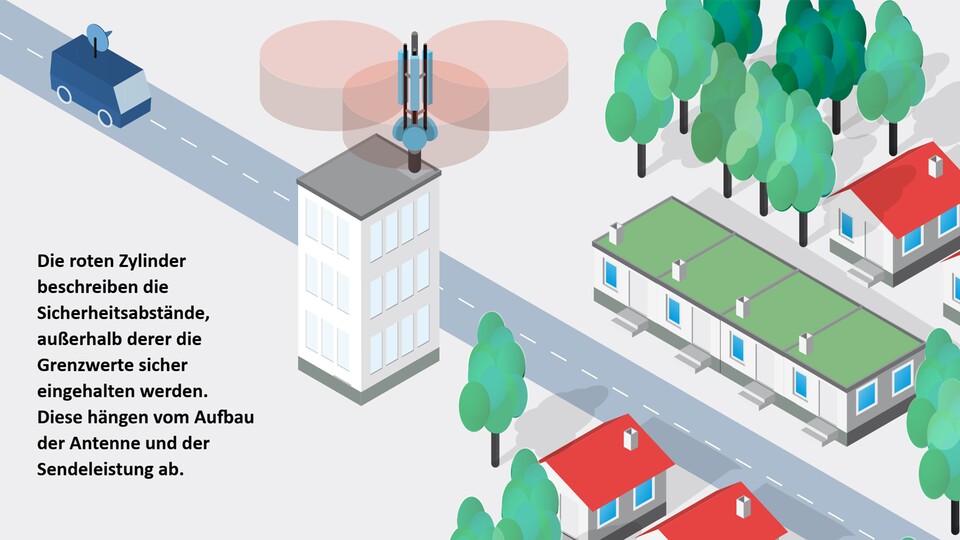
It is unclear whether the mast will ever be built as planned. (Image: stock.adobe.com – HTGanzo, nsit0108)
Advertisement
In the USA, T-Mobile is suing the municipality of Wanaque in the state of New Jersey because it wants to prevent the construction of a cell phone tower, which has actually been approved long ago, due to health concerns.
An unusual case: Several factors ensure that these are special circumstances, such as The Register reported.
- It has been about 15 years since T-Mobile successfully bid for the right lease for the site.
- The original plans were approved in 2010, but other
Funding priorities
However, the new mast has never been built. - According to its own statements, T-Mobile has been paying rent for the site since then. Initial efforts to finally complete construction began in March 2023. However, they were ultimately stopped by the local community.
Since then, there has been a back and forth lasting more than a year, with approval being granted at times and then withdrawn again.
Now T-Mobile has apparently had enough of it and Lawsuit filed against the municipality of Wanaque.
Advertisement


0:57
With the new 5G Mobile Hotspot from Netgear, all your devices will be 5G capable
What is unsafe about the mast
The concerns of community members who voted against the construction of the tower relate to potentially harmful health effects for children at the school, as the following quotes from The Register show:
My answer is “No, I don't think that's a good idea.” I'm worried about the children.
This is unsafe for the children.
I can't believe this is safe and healthy for the children of our city.
T-Mobile defends itself with two main arguments:
- On the one hand, the municipality has already been provided with data on possible health and safety risks posed by the cell phone tower (which was apparently intended to allay concerns about this).
- On the other hand, according to T-Mobile, health concerns are not a legal reason for rejecting the application to build the mast.
To promote the construction, T-Mobile also provided the municipality with network coverage data in its new application in March 2023, according to The Register.
They are intended to show that the mast would close existing gaps in the existing cover, namely as the least disturbing
Solution.
What is the situation in Germany?
In this country, the position of mobile phone masts is also a topic that repeatedly causes discussions, also with regard to radiation exposure.
Loud Federal Office for Radiation Protection There are therefore clearly defined limits that must not be exceeded.
- The limit values are based on recommendations from the International Commission on Non-Ionizing Radiation Protection, the German Radiation Protection Commission and the Federal Office for Radiation Protection itself.
- They apply to
Fixed mobile radio systems that generate electromagnetic fields in the frequency range from 9 kilohertz to 300 gigahertz
i.e. for the aforementioned cell phone towers (and not for cell phones themselves). - According to the Federal Office for Radiation Protection, the field strength clearly decreases with every meter of distance from the facility. Where people are nearby, the limit values are therefore usually only reached by less than one percent.


In an information brochure on mobile communications, the Federal Office for Radiation Protection states that the radiation exposure from mobile phone masts drops significantly even at a short distance.
However, mobile communications is a relatively young field in terms of research and, from our point of view, the fundamental desire to find locations other than schools and kindergartens for this purpose is understandable.
Another curious story from the USA: Out of frustration with his Internet provider, Jared Mauch simply made himself his own provider
The Register's report does not explain how, in the case of Wanaque, the school was awarded and approved as the site for a cell phone tower over ten years ago.
The same applies to the question of whether there are suitable alternative locations that could be used instead.
A lot of patience may be required until there is final legal clarity in this case. However, it is unlikely that another ten years will pass.